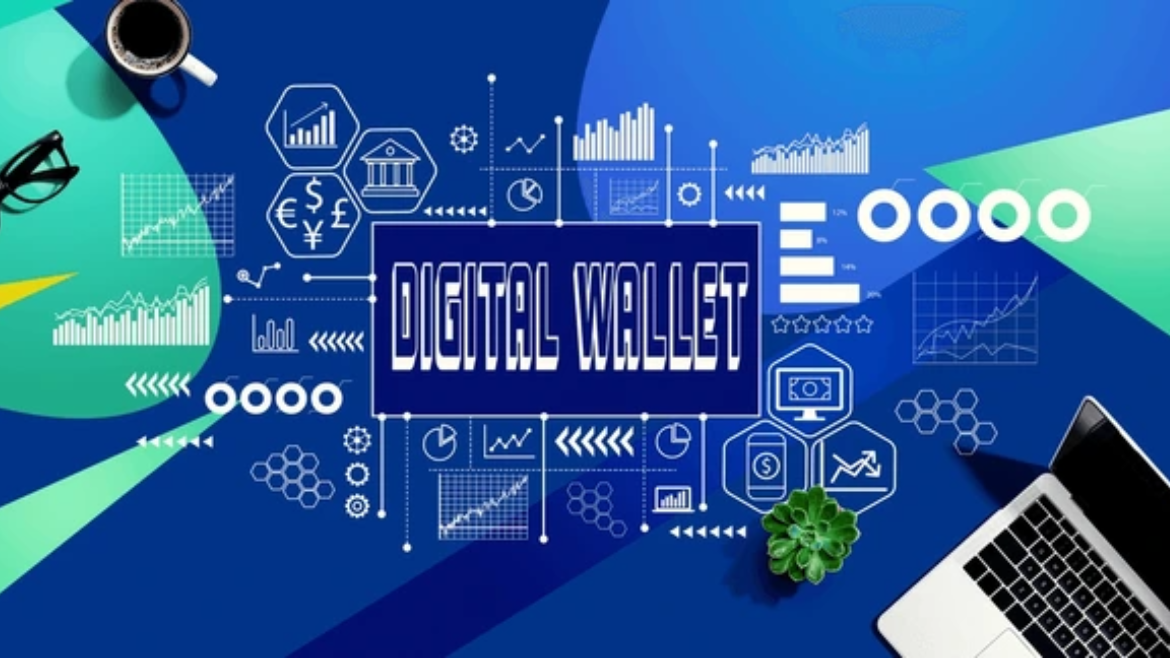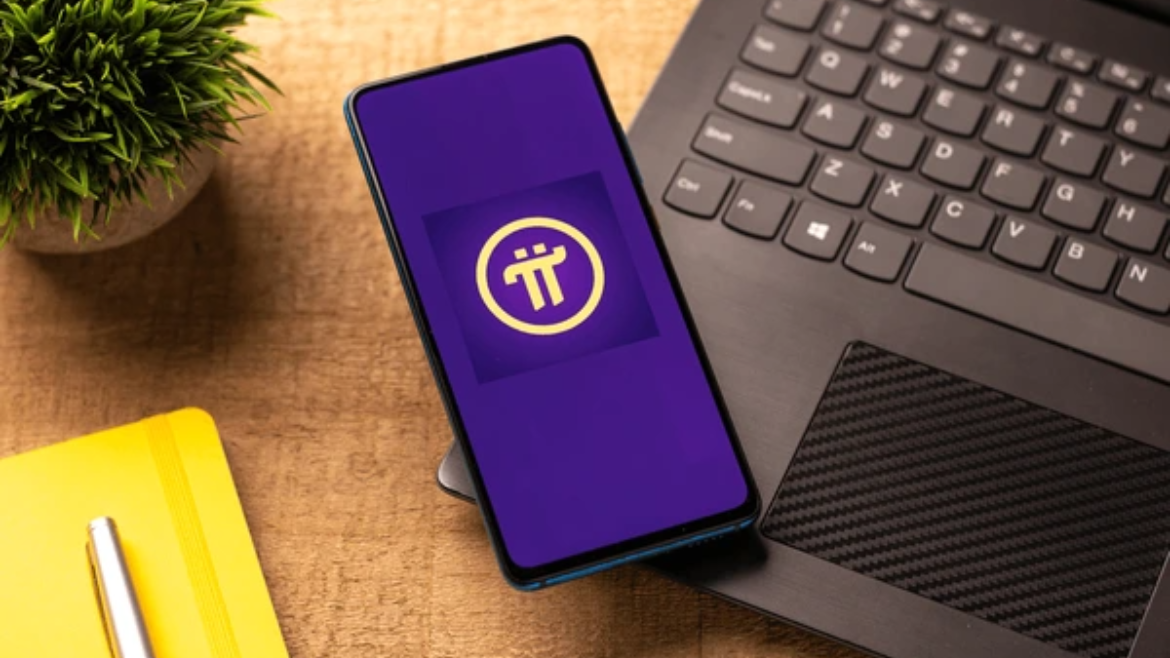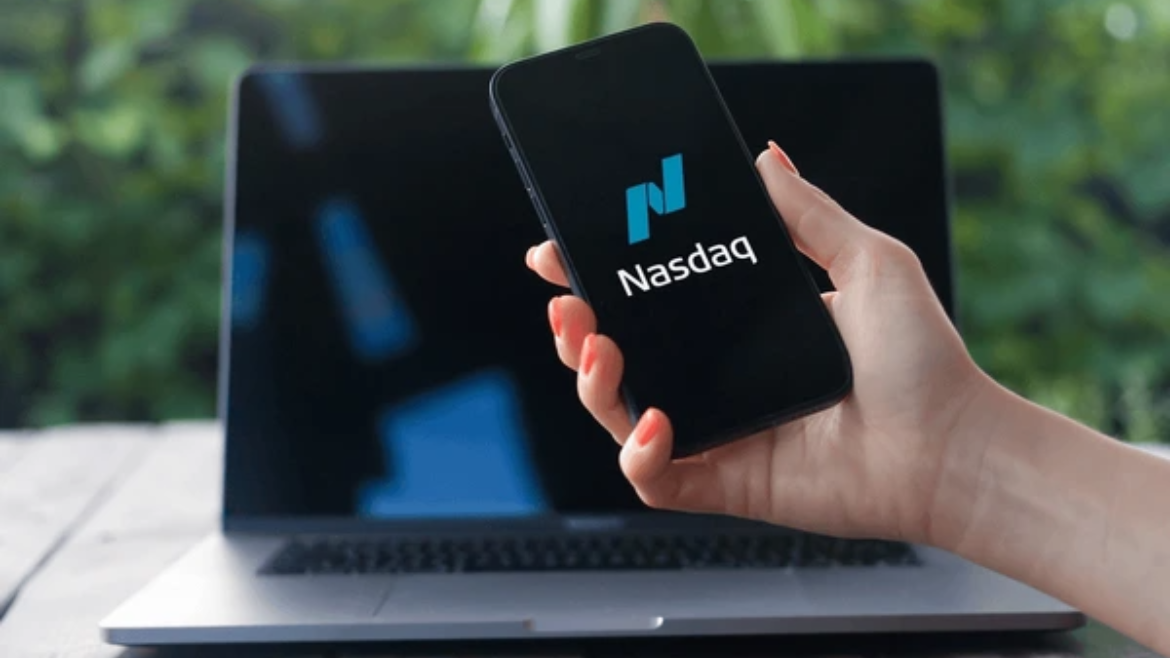Introduction
In the rapidly evolving world of cryptocurrency, one trend has become increasingly prominent: the shift toward self-custody wallets. As digital assets continue to gain mainstream adoption, more traders and investors are recognizing the importance of maintaining direct control over their crypto holdings. Self-custody wallets, which allow users to retain exclusive ownership of their private keys, are steadily becoming the standard approach for serious crypto participants.
This fundamental shift represents more than just a technical preference—it reflects a growing awareness of the core principles that inspired the creation of cryptocurrencies: decentralization, personal autonomy, and freedom from third-party control. With high-profile exchange collapses and security breaches making headlines in recent years, the case for self-custody has only strengthened.
In this comprehensive guide, we’ll explore why self-custody wallets are rapidly becoming the preferred choice for crypto traders and investors, examine their benefits and challenges, and provide practical insights for those considering making the switch to greater financial sovereignty.
What Are Self-Custody Wallets?
1. Definition and Core Concept
A self-custody wallet—also called a non-custodial wallet—is a cryptocurrency storage solution that gives users complete control over their private keys, the cryptographic codes that grant access to blockchain assets. Unlike custodial wallets managed by exchanges or third parties, self-custody wallets ensure that only the owner can access and transfer their digital assets.
The fundamental principle behind self-custody is often summarized by the crypto community mantra: “Not your keys, not your coins,” encapsulating the idea that without direct control of your private keys, you don’t truly own your cryptocurrency.
2. Types of Self-Custody Wallets
Self-custody wallets come in several forms, each with distinct characteristics suited to different needs:
Hardware Wallets
Physical devices that store private keys offline, providing maximum security for long-term holdings; popular examples include Ledger and Trezor devices.
Software Wallets
Applications installed on computers or smartphones that offer a balance of security and convenience, such as desktop wallets, mobile wallets, and browser extensions like MetaMask.
Paper Wallets
Physical documents containing printed private keys and QR codes, offering cold storage but with limited functionality and convenience.
Brain Wallets
A method where the user memorizes a seed phrase to access their funds, though this approach carries significant risk if the phrase is forgotten or compromised.
The Rise of Self-Custody in Crypto
1. Market Growth and Adoption Trends
The self-custody wallet market has experienced remarkable growth in recent years, reflecting increasing consumer demand for greater control over digital assets. Global estimates project that the overall crypto wallet market will reach tens of billions of dollars by the end of the decade, driven in part by self-custody solutions.
Self-custody is gaining popularity across different user segments—from individual retail investors to institutional players seeking to minimize counterparty risk. These trends underscore a broader move toward financial sovereignty in the crypto ecosystem.
2. Factors Driving the Shift to Self-Custody
Several key factors are accelerating the adoption of self-custody wallets:
Exchange Vulnerabilities
High-profile exchange hacks and collapses have eroded trust in centralized platforms, highlighting the risks of custodial solutions.
Technological Improvements
Advances in wallet technology have made self-custody more user-friendly and accessible, removing many of the technical barriers that previously existed.
Financial Sovereignty
Growing awareness about financial autonomy and privacy has led more users to seek solutions that provide complete control over their assets.
Regulatory Concerns
Increasing regulatory scrutiny of centralized exchanges has prompted users to explore alternatives that offer greater privacy and autonomy.
Integration with DeFi
The explosive growth of decentralized finance (DeFi) applications has created demand for self-custody wallets that can interact directly with these protocols.
Benefits of Self-Custody Wallets
1. Complete Control Over Assets
Self-custody wallets grant users exclusive access to their private keys, ensuring no third party can freeze, confiscate, or restrict funds. Users can transact at any time without requiring approval from an exchange, and assets remain accessible even if service providers go offline or become insolvent.
2. Enhanced Security
By storing private keys offline—especially in hardware wallets—self-custody solutions dramatically reduce exposure to online threats. Removing centralized points of failure makes the ecosystem more resilient and diminishes the risk of exchange-wide hacks.
3. Privacy Protection
Self-custody wallets allow transactions without linking to extensive personal information, offering enhanced privacy over custodial services that typically require KYC data. While blockchain transactions remain traceable on public ledgers, self-custody limits how much personal data is collected or stored.
4. Reduced Counterparty Risk
With self-custody, users eliminate the risk of exchange insolvency, internal fraud, or unauthorized rehypothecation of funds. This security model aligns with the core ethos of cryptocurrencies as peer-to-peer systems without intermediaries.
5. Access to Decentralized Finance (DeFi)
Self-custody wallets serve as the gateway to DeFi protocols for lending, borrowing, staking, and yield farming. They enable seamless participation in decentralized exchanges (DEXs) and emerging financial services built entirely on blockchain technology.
Challenges and Considerations
1. Responsibility for Key Management
The greatest strength of self-custody—full control—also presents the biggest challenge: managing private keys securely. Loss of keys or recovery phrases typically means permanent loss of funds, so robust backup systems and security practices are essential.
2. Technical Complexity
Although user experience has improved, self-custody wallets still require understanding private keys, seed phrases, and wallet setup, which can be daunting for newcomers. Troubleshooting without centralized support can add to the learning curve.
3. Risk of Human Error
User mistakes—such as sending crypto to incorrect addresses, misplacing recovery phrases, or falling for phishing attacks—are common causes of loss. Education and vigilant security habits are critical to mitigating these risks.
Best Practices for Self-Custody Security
1. Secure Key Management
Store seed phrases and private keys offline in multiple secure locations, and consider metal backups to protect against physical damage. Never share private keys with anyone, including support staff, to prevent unauthorized access.
2. Hardware Wallet Adoption
Hardware wallets provide the strongest defense against online threats. Keep device firmware up to date, verify authenticity by purchasing from official sources, and regularly test recovery procedures.
3. Multi-Signature and Social Recovery
Advanced configurations—such as multi-signature wallets requiring multiple approvals or social recovery schemes with trusted contacts—balance security and usability.
4. Regular Security Audits
Periodically review wallet settings, security measures, and recovery processes. Stay informed about emerging threats and best practices in the cryptocurrency space.
The Future of Self-Custody
1. Technological Innovations
Developments like account abstraction, enhanced recovery mechanisms, and integration with traditional payment networks are making self-custody more accessible to mainstream users.
2. Regulatory Landscape
Global regulations around self-custody continue to evolve. Industry advocacy aims to balance oversight with the preservation of privacy and autonomy.
3. Mainstream Integration
Major payment networks and financial institutions are exploring hybrid models that combine self-custody principles with institutional-grade security, signaling a shift from niche to standard practice.
Conclusion
The shift toward self-custody wallets realigns with cryptocurrencies’ founding principles of decentralization, autonomy, and peer-to-peer finance. Enhanced security, control, privacy, and reduced counterparty risk outweigh the challenges of personal responsibility. As technology and regulations evolve, self-custody is poised to become the standard for digital asset management, offering true ownership rather than trust in intermediaries.
FAQs
Q1. What happens if I lose my private keys or recovery phrase?
Losing access without backups typically means permanent loss of funds, as there is no “forgot password” option, underscoring the importance of secure backups.
Q2. Are self-custody wallets suitable for beginners?
While more user-friendly than before, self-custody still requires basic crypto knowledge. Beginners should start with small amounts and consider mobile wallets before moving to hardware solutions.
Q3. How do self-custody wallets compare to exchange wallets for active traders?
Exchange wallets offer speed but carry platform risk. Many traders use a hybrid approach—keeping trading balances on exchanges and storing the bulk of assets in self-custody.
Q4. Can self-custody wallets be hacked?
Properly implemented self-custody wallets are highly secure, but user errors—phishing, malware, or social engineering—remain the primary vulnerabilities.
Q5. How do I choose the right self-custody wallet?
Assess security needs, usage patterns, supported assets, and technical comfort. Research reputable options and test with small amounts first.
Q6. Are there tax implications specific to self-custody?
Self-custody itself doesn’t change tax obligations, but users must track transactions for reporting, often without exchange-provided documents. Portfolio tracking tools and professional advice are recommended.
Disclaimer
Created with the help of advanced AI tools and deep research, this article is designed to answer your questions and provide meaningful insights. The information has been thoroughly checked for relevance and accuracy to help you make informed decisions.
Thank you for reading — stay informed and inspired!















0 Comments